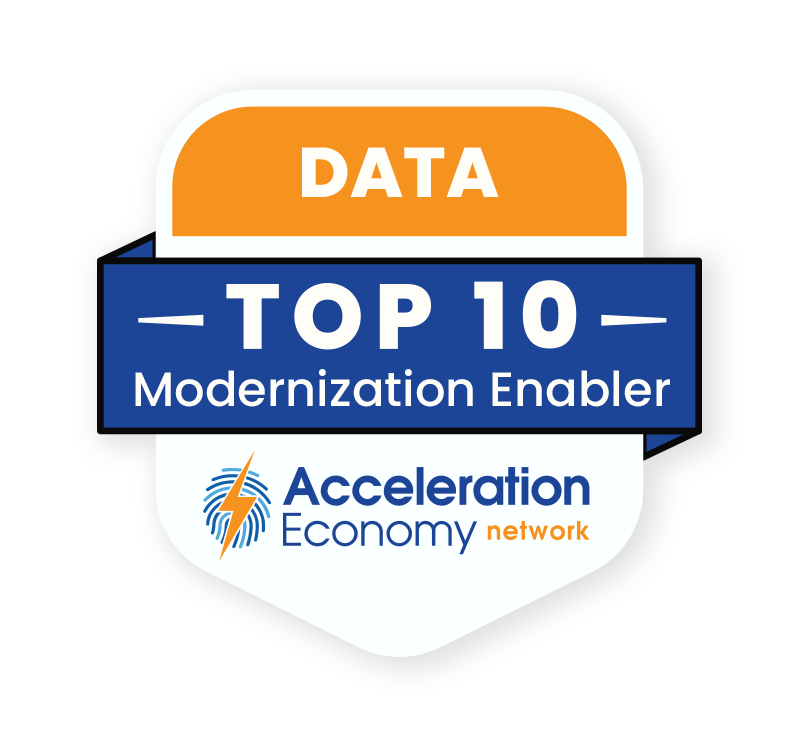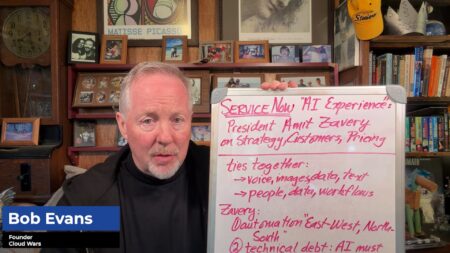
As the global digital landscape continues to grow and expand, data quality, integrity, and security have become top priorities. There are countless examples of data quality becoming a serious issue for companies, including one that’s “out-of-this-world:” back in 1999, NASA’s Mars Climate Orbiter mission failed when it experienced an issue due to the navigation system being in the metric system while the ground controllers were using the imperial system.
Enter data governance, a process that entails managing and overseeing data assets to prevent incidents with consequences that can range from disruptive to catastrophic. In this analysis, we will demystify data governance, explore its importance, and provide guidance for decision-makers on how to implement a practical data governance framework.
Data Governance: What Is It?
Data governance is a comprehensive approach to managing an organization’s data assets. It involves establishing policies, processes, and standards to ensure data quality, accuracy, consistency, security, and compliance with relevant regulations such as the General Data Protection Regulation (GDPR) and the California Consumer Privacy Act (CCPA). By implementing a solid data governance structure, organizations can optimize their data usage and reduce risks, which will lead to better outcomes with the use of data.
A Decision-Maker’s Guide to Putting Data Governance in Place
Before implementing data governance, it is essential to have a firm grasp of its elements, which I expand upon below. By addressing each element, firms can establish a solid foundation for data governance. Keep in mind that every organization’s needs are distinct, so approaches should be adjusted according to an organization’s particular circumstances and requirements.
Develop a Data Governance Strategy
As a decision-maker, you should begin by defining your organization’s data governance goals, objectives, and scope. Consider the specific challenges and requirements of your industry, as well as the organization’s unique needs.
In my past law enforcement career, we were responsible for millions of lines of data about everything from crime to service calls to criminal records. There are pretty strict rules in place as to when the police are allowed to use certain data. Imagine trying to make that determination in the middle of a car pursuit or during a homicide investigation. The goals for each data set need to be established from the start.
Engaging key stakeholders in developing your strategy will help foster a sense of ownership and collaboration across departments. Encourage open communication, and be prepared to refine your strategy based on feedback from various teams within the organization.
Establish a Data Governance Team
Appoint a cross-functional team to oversee data governance efforts. This team should include representatives from various departments, such as information technology (IT), legal, compliance, and business units. Assign a dedicated data governance leader, often referred to as a chief data officer (CDO) or data governance manager, to guide and coordinate the team’s activities.
Regular meetings and clear communication channels are essential for the data governance team’s effectiveness. Encourage open dialogue and collaboration among team members to ensure that all perspectives are considered and that the team stays aligned with the organization’s data governance goals and objectives.
I have found that establishing an official “Tiger Team” of these cross-functional specialists can help with open and honest dialogue. Allowing the team members time to get to know each other and work together can make a big difference in their comfort level with each other and their ability to have hard conversations when they become necessary.
Define Data Governance Policies and Procedures
Develop a set of policies and procedures that outline the organization’s approach to data management, including data classification, data quality, data security, and compliance. Establish that these policies align with industry best practices and any relevant legal and regulatory requirements. Communicate these policies and procedures across the organization, and verify they are easy to understand and accessible to all employees. Periodically review and update your policies to stay current with evolving industry standards, regulatory requirements, and organizational needs.
Implement Data Governance Tools and Technologies
By automating routine tasks, organizations can reduce the risk of human error and improve overall data governance efficiency. Leverage data governance software and technologies to automate and streamline data management processes. These tools can help with data cataloging, metadata management, data lineage tracking, data quality monitoring, and more.
When selecting data governance tools, consider factors such as scalability, compatibility with your existing infrastructure, and ease of use. Another factor to consider is that many of the tools in this category will charge for the amount of data processed. It is easy to become overzealous with how much data you want your tools to process. While more data may seem better, more money in your pocket is also a good thing. Ensure your team has the know-how and authority to make the hard decisions on what is important and where money can be saved.
Educate and Train Employees
Foster a data-aware culture within the organization by providing training and resources on data governance principles, policies, and procedures. Confirm employees understand their roles and responsibilities in maintaining data quality, security, and compliance. Invest in training and support to make sure your team can effectively use data governance tools. Offer ongoing training opportunities and resources, such as workshops, webinars, and e-learning modules, to help employees stay current with data governance best practices. Recognize and reward employees who demonstrate a strong commitment to data governance, as this will encourage others to follow suit.
Monitor and Measure Data Governance Performance
Regularly assess your data governance initiatives to ensure they are delivering the desired results. Develop key performance indicators (KPIs) to measure the effectiveness of your data governance framework and identify areas for improvement. Examples of KPIs may include data quality metrics such as completeness, accuracy, and consistency, data issue resolution times, data security incident rates, and compliance audit outcomes.
Establish a regular reporting schedule to share data governance performance metrics with stakeholders and the broader organization. Use these insights to refine your data governance strategy and initiatives, ensuring continuous improvement and long-term success. By tracking and analyzing KPIs, you can demonstrate the value of data governance initiatives to the organization and make data-driven decisions to optimize your governance efforts.

Which companies are the most important vendors in data? Check out the Acceleration Economy Data Modernization Top 10 Shortlist.
Conclusion
By using these tips, decision-makers can take the necessary steps to implement a robust and effective data governance framework tailored to their organization’s unique needs. Ultimately, embracing data governance will help organizations build trust with stakeholders and maintain a competitive edge in today’s data-driven business environment.
Want more insights into all things data? Visit the Data Modernization channel:








